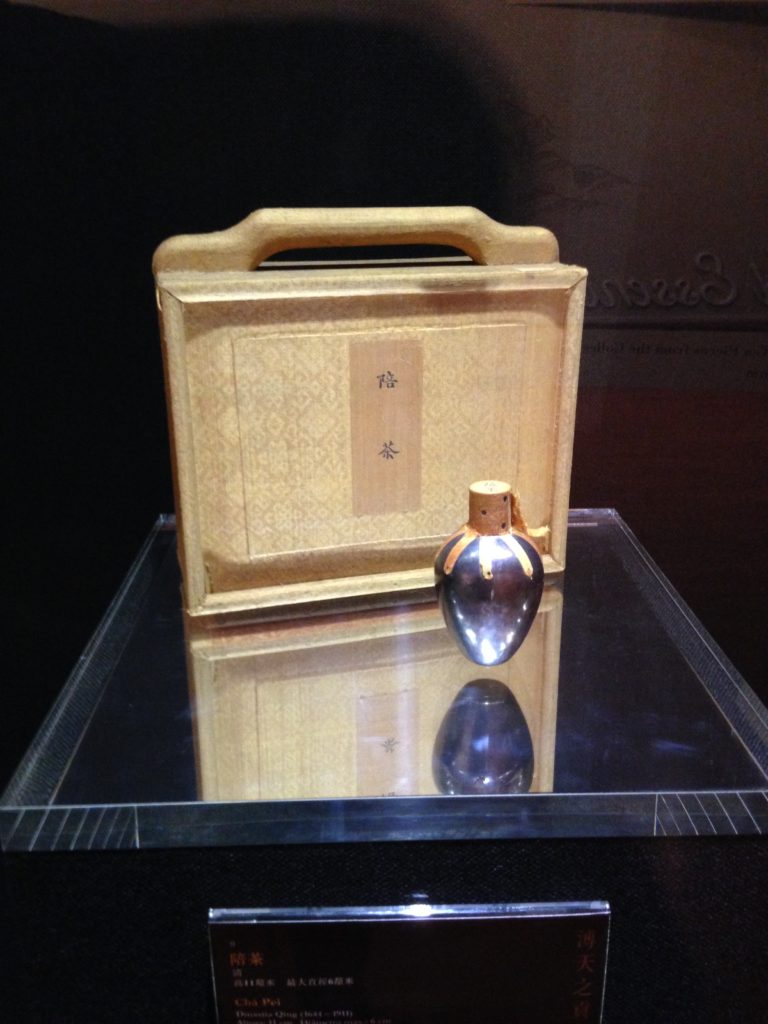On this eve of the Lunar New Year, I thought I can offer some advice gleaned from over 15 years of tea drinking.
1) Use a vessel of suitable size — This means that if you’re drinking by yourself, don’t use a 300ml teapot unless you’re trying to make weak tea. Likewise, if you have a lot of people over (for holidays, for example) using that 100ml favourite of yours is really not a great idea. If you are short on wares, err on the side of small. You can always double up infusions and serve them together to fill volume, but it’s harder to deal with a large quantity of tea for a small number of people.
2) When rinsing, do not steep too long — I read in forums and other places sometimes of when people say things like “1 minute rinse”. I don’t know about you, but a 1 minute steep is no longer a rinse. Rinses are fast – 10-15 seconds at most. 1 minute, plus time to pour in and pour out water, really means more like 1 minute 30 seconds. That’s an eternity and you lose a lot of the “stuff” you should get from your tea. Don’t do it. Teas are never that dirty.
3) When brewing compressed puerh, break up the pieces — in the Western tea drinking culture I sometimes see a certain obsession with having whole pieces. I think this is partly because a lot of people drink mostly samples, so they like to see whole chunks, somehow, and oftentimes said chunks are thrown into the pot/gaiwan as a whole thing. This is not going to be good for your tea drinking experience – large chunks have a relatively small surface area for water-contact, and this is especially problematic when it’s compressed tightly. If you rinse it the water only touches the surface, and oftentimes the cores of those chunks might still be dry after one or two infusions. The proper way to do it is to break it up – yes, even if it means breaking some of the leaves. Chunks in the pot/gaiwan should be smallish, no more than about 1cm in diameter or so. If the tea is loosely compressed you can have bigger pieces. Ideally, it should actually be a mixture of chunks and loose leaves (from the same tea, of course). Remember, they all came from the same cake. As long as you’re not only brewing with fannings, it’s fine.
4) Adjust brewing time according to what your tongue tells you — a pretty common problem for novices is to ponder how long the infusions should be. Once you have thrown in the leaves, you’re stuck with your leaf/water ratio, so the only thing you can really adjust are 1) water temp and 2) time in steeping. The easier to adjust among those two is time, so you should adjust that accordingly. Is the tea way bitter/strong? Then be quick about pouring in and out. Is the tea getting weak? Lengthen the time of steeping. That’s not what the vendor recommended? Ignore the vendor. Do not ever automatically add time every infusion, as is often dispensed as advice for newer drinkers. It’s not a great idea.
5) Keep the water hot — aside from green teas, most teas should be brewed with water that’s kept very hot. That’s how you get the most “stuff” out of your tea, and gives you the most depth in flavour. If the brew is coming out too strong, you either added too much leaves or left the water in too long (or, possibly, the tea is just bad). Yes, you can get a really sweet, pleasant, and non-offensive brew by keeping the water to 60C. But you can just as well argue for cold-brewing aged oolongs overnight in the fridge. You can do it, but it’s really not the best use of the leaves. Leave the cold brewing for the cheap teas (where hot water can bring out some nasty bitterness if the tea is truly bad) and keep your water hot. Otherwise, you’re wasting perfectly good leaves.
6) Grandpa the tea when you’re finished — if you really liked the tea, one way to keep drinking it is to grandpa it.
On that note, may the year of the horse be one filled with good teas!






Well met observation, just wow. Using bad photos to guide purchases, people may end up buying teas they actually don't…